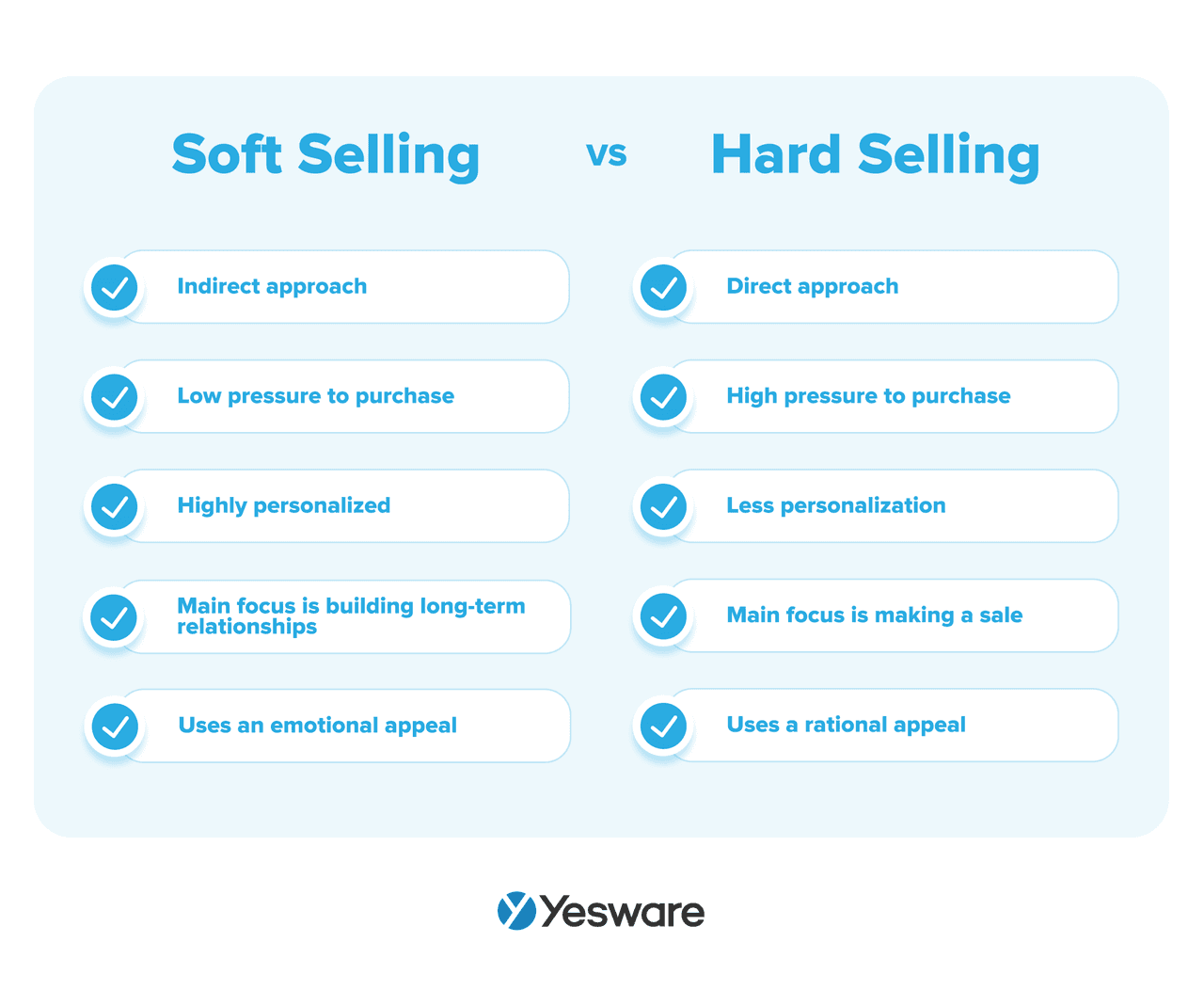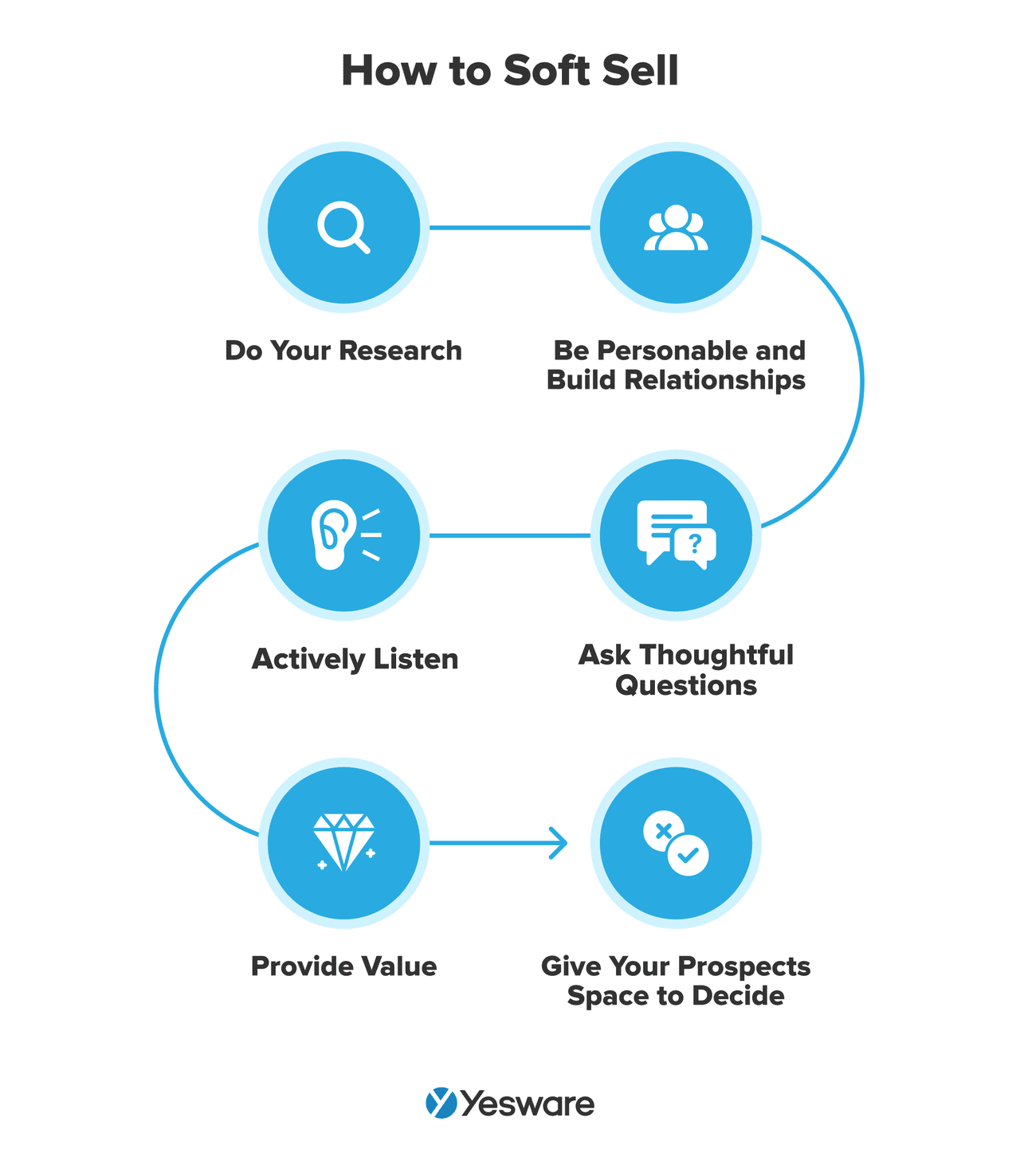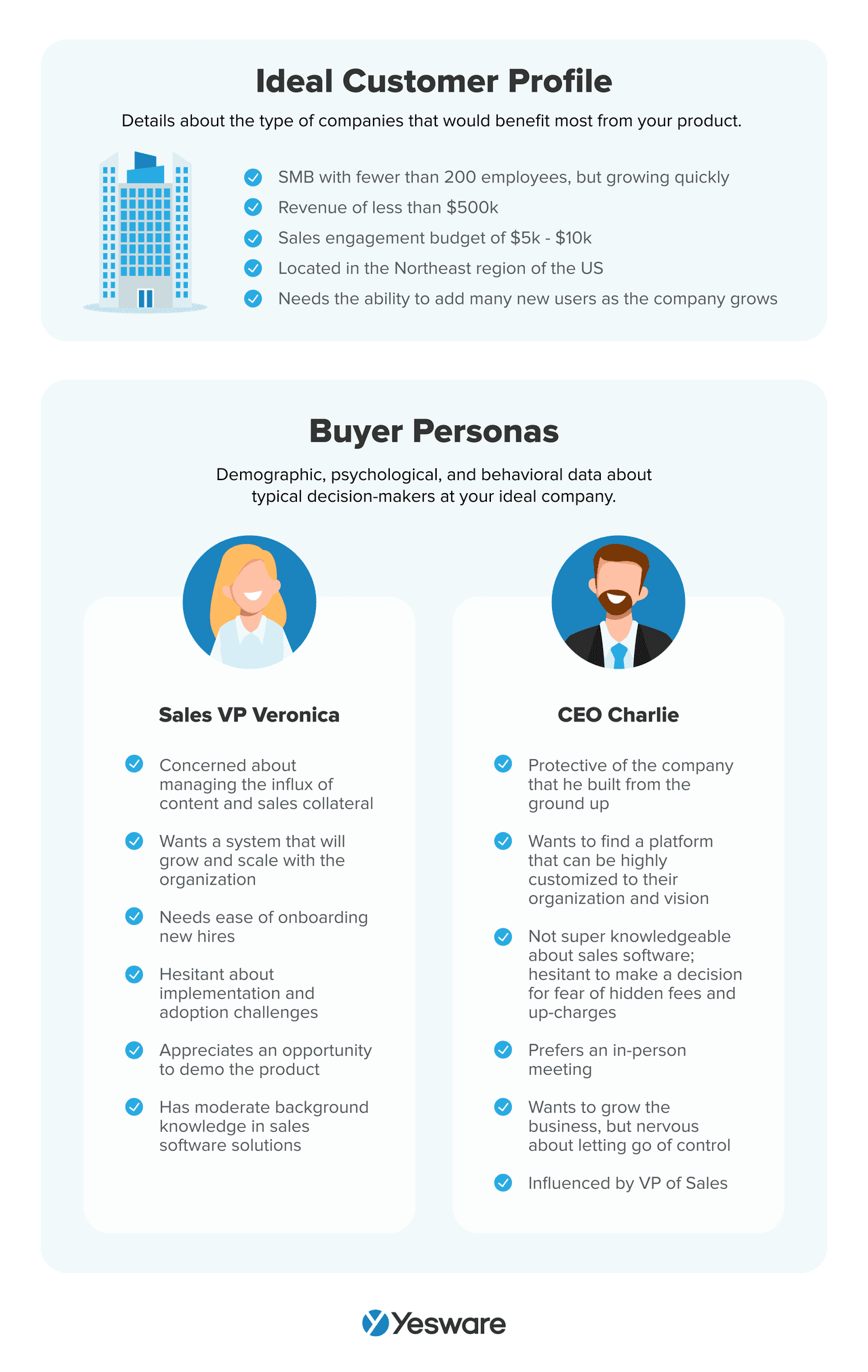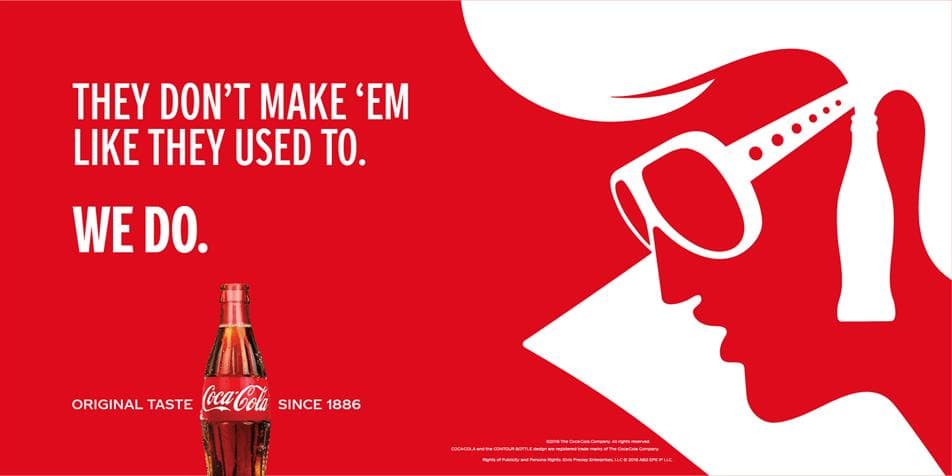How to Master the Soft Sell in 2023 [Techniques + Examples]
Casey O'Connor
Today’s B2B buyer has access to more information than ever before; in fact, most buyers have completed nearly 70% of their research before they ever make contact with sales.
This means that, by the time they do reach out to a sales rep, they have absolutely no interest in being sold to.
In response to this shift in power in the sales process, sales reps have needed to adjust their approach and tactics to maintain some leverage and offer value.
One way that savvy sales reps are keeping up with this need is by opting for a “soft sell” approach rather than the more traditional (read: pushier) hard sell.
In this article, we’ll go over everything you need to know about the soft sell, including what exactly it looks like, how it differs from traditional sales, how to use it in the sales process, and a few examples.
Here’s what we’ll cover:
- What Is a Soft Sell?
- Soft Sell vs. Hard Sell
- Benefits of Soft Selling
- How to Use the Soft Sell Technique
- Soft Sell Examples
What is a Soft Sell?
A “soft sell” is a subtle sales approach that prioritizes productive, value-driven buyer/seller relationships over closing deals.
Before we go further into the concept of soft selling, it’s important to note that the approach is not mutually exclusive with closing deals quickly. Although many buyers prefer soft selling because they feel less pressure to buy, that doesn’t mean they aren’t also eager and interested to find a solution to their problem. They just aren’t interested in aggressive sales tactics or false urgency.
Similarly, sellers don’t need to be deferential, either. Soft selling is not the same thing as passive selling, and the approach shouldn’t be confused with meekness, insecurity, or lack of assertion. Plenty of soft-selling sales reps close deals more quickly than their peers who take a more traditional approach.
With that being said, sales reps who practice soft selling generally take the time necessary to build a trusting relationship with the buyer at hand. They spend as much of the sales cycle as they need building rapport and establishing themselves as trusted advisors through easy, personable conversation. This is why the soft sell process generally moves more slowly than a hard sell approach.
It’s through this easy, low-pressure conversation that soft-selling sales reps learn more about the prospect’s unique pain points, challenges, and solution needs.
Soft selling is an especially important skill for sales reps who sell SaaS or other subscription products where a long-lasting, mutually profitable relationship is the basis of the sale.
Soft Sell vs. Hard Sell
The differences between soft selling and hard selling exist primarily because of how different the goals are for each process.
The goal of a hard sell is a fast close; the goal of a soft sell is a solid relationship that will eventually lead to a sale.  There are a number of ways to categorize the differences between the two:
There are a number of ways to categorize the differences between the two:
- Pressure: During a hard sell, the customer feels a lot of pressure to purchase as soon as possible. With soft selling, sales reps work hard to create a low-pressure environment in which the buyer is in control of the timeline.
- Timing: Hard sells are fast-paced. The goal is to close the deal as quickly as possible. With that in mind, many buyers feel rushed during a hard sell — which makes many run the other way. Timing and deadlines are of little concern during a soft sell.
- Primary Goal: The main goal during a hard sell is to get the prospect to close as quickly as possible. On the other hand, a soft seller’s main goal is to build a long-term, value-driven relationship in which the buyer fully trusts that the sales rep is invested in working them through their challenge (as opposed to earning a commission).
- Level of Customization: Many sales reps who practice the hard sell find that they have little time for extra personalization in the process. Hard-selling sales reps often standardize their process, sometimes to a fault — but buyers don’t like to feel like they’re on a conveyor belt. On the other hand, soft sellers have plenty of time and conversational leverage to personalize their sales pitch.
- Tone: Sales reps who soft sell should aim for a friendly, conversational tone. Remember to be professional, but it’s also okay to be approachable and down-to-earth. Some hard sellers are known for more of an urgent or even aggressive tone, which can be off-putting to many prospects.
Success Rates
Response rates in a study of hard sell vs. soft sell email reply rates were very telling.
Although the “hard sell” aggressive emails got a higher reply rate (1.9% vs. 1.1%), the replies were largely angry and aggressive. When the researchers looked more carefully, they found that the soft sell emails actually received overwhelmingly more positive responses than the hard sell ones (31% vs. 13%).
Further, the hard sell emails resulted in a 25% unsubscribe rate; the soft sell emails only saw a 10% departure.
One conclusion to draw from this data is that both approaches are being used and validated in the market — but only one (soft selling) is generating positive feedback from buyers.
Benefits of Soft Selling
Many sales reps find that they prefer soft selling because it comes more naturally to them during sales conversations. But there are other reasons to practice this sales approach, as well.
Builds Trust
Soft sellers need to position themselves as trusted advisors in the buyer’s journey.  Sales reps can demonstrate their capability and expertise through informal, value-driven conversations.
Sales reps can demonstrate their capability and expertise through informal, value-driven conversations.
Benevolent exchanges like these in which sales reps offer their expertise but expect nothing in return can add credibility in the eyes of the buyer and help create a trusting relationship (which is huge, given that 80% of buyers report trust being a major factor in deciding whether or not to buy).
Eliminates Customer Pressure
A soft-selling sales rep should never put pressure on the buyer to purchase right away. In fact, they should never put pressure on the prospect to purchase, period.
The deal is only good if the fit is right, and the best person to decide that is the buyer (at least, that should be the hard-line opinion of a sales rep executing a soft sell).
The more sales reps can allow buyers to feel in control and operate on their own timeline, the more likely they are to eventually close the deal. This sense of control helps eliminate buyer friction and resistance throughout the process.
Increases Brand Awareness
Soft selling makes it easy to create increased and more organic brand awareness.
Soft selling techniques like content marketing allow marketers and sales reps to create high-quality, highly relevant material that’s valuable to buyers. When you market and make this kind of content shareable, it can be fast and easy to create a vast network of referrals and repeat customers.
 Soft selling can be extremely beneficial for any sales team, especially those who rely on long-lasting and deeply personal customer relationships.
Soft selling can be extremely beneficial for any sales team, especially those who rely on long-lasting and deeply personal customer relationships.
How to Use the Soft Sell Technique
Soft selling is actually not terribly complex; in fact, it’s a skill that most people use regularly in their day-to-day life.
Any subtle persuasion you’ve tried — convincing a friend to try a new restaurant or talking your spouse into which Friday night movie to choose — is a form of soft selling.
Any salesperson can master this process; it’s simply a matter of knowing the routine. Here are the steps to follow if you want to use the soft sell technique in your sales process. 
1. Do Your Research
The backbone of soft selling is great research.
Without detailed knowledge about the prospect’s company, challenges, and needs, soft selling is simply ineffective. In order for soft selling to work well, the sales rep needs to know the exact right questions to ask — and the right levers to push — to coax the buyer toward closing.
If you’re not sure where to start, begin by making sure your sales and marketing teams have aligned to create a detailed ideal customer profile (ICP) and buyer personas for each of your customer segments. 
2. Be Personable and Build Relationships
Soft selling also requires sales reps to be friendly, approachable, and relatable.
Whatever you do, do not go into your sales meeting with even a hint of a discernible agenda. Avoid reading from a script; instead be casual and conversational, with the goal of creating a relationship and doing whatever you can to help the prospect solve the problem — even if it means pointing them in another direction.
Be empathetic, show genuine interest in them, and put their needs above the sale.
3. Ask Thoughtful Questions
Even if you’ve left no stone unturned in your research, it’s still critically important that sales reps take the time to ask strategic open-ended questions that help qualify prospects.  Ask these questions even if you think you know the answer from your research; sometimes hearing a prospect’s thoughts in their own words can help shed new insight into their needs.
Ask these questions even if you think you know the answer from your research; sometimes hearing a prospect’s thoughts in their own words can help shed new insight into their needs.
4. Actively Listen
Although not exclusive to soft selling, active listening is one of the most important aspects of this sales approach.  When sales reps actively listen, they are making an effort to hear the message behind what a prospect is communicating — not just the words. When prospects feel heard like this, it helps them feel valued and builds up your credibility in their eyes.
When sales reps actively listen, they are making an effort to hear the message behind what a prospect is communicating — not just the words. When prospects feel heard like this, it helps them feel valued and builds up your credibility in their eyes.
5. Provide Value (Without Asking for the Sale)
One of the hallmarks of an effective soft sell is that the process is value-driven, with no expectations from the seller.
In other words, soft-selling sales reps should strive to offer personalized guidance or feedback in every sales interaction, regardless of how likely the prospect seems to close at any given moment.
The goal is to deliver an exceptional experience, which will ultimately be part of what persuades them to buy.
6. Give Your Prospects Space to Decide
Once you’ve run through a soft sell process, it’s time to sit back and let the prospect take the lead. If you find yourself pressuring the prospect for an answer at any point, the “softness” is gone, so avoid making additional contact while they consider their options.
That being said, be sure to make yourself available to answer any lingering questions or concerns they may have.
The next time you’re trying to talk a friend or family member into something, see if you notice yourself following any of the steps in this process. Chances are good that you already have some practice in subtle persuasion, which can be easily applied to new sales scenarios.
Tip: Are your current sales techniques moving the needle? Grab our latest findings on sales outreach strategies and trends below.
 Sales Engagement Data Trends from 3+ Million Sales ActivitiesLooking at millions of tracked email activity over the past few years, this ebook is filled with our top studies and findings to help sales teams accelerate results.
Sales Engagement Data Trends from 3+ Million Sales ActivitiesLooking at millions of tracked email activity over the past few years, this ebook is filled with our top studies and findings to help sales teams accelerate results.
Soft Sell Examples
Here are a few examples of soft-sell examples from well-known brands.
1. Coca-Cola

Coca-Cola sure knows how to be relatable, opening their ad with a nod to “the good old days.” Notice how the campaign makes no mention of the ingredients (even though the ad references how the product is made), doesn’t push a price or promotion, and makes no false pretenses about low quality. There’s no push to buy here — but many people still want to go out and grab a Coke when they see it.
2. Clorox

Clorox also leaned way into relatability when they gave a nod to their germ-fighting sidekicks: moms. Not only is this a fun way to show social proof, but it’s also a down-to-earth way to prove the effectiveness of the product.
3. YETI

YETI is a brand well-known for their rugged insulated gear, and their Hungry Life YouTube series is a perfect example of the soft sell in action. They use incredible storytelling, videography, and imagery to sell their cooler, which is depicted but never mentioned. Doesn’t matter, though — despite the lack of a hard sell, it’s hard to watch Hungry Life and not want that cooler (and that dinner…and, well, the entire experience).
Tips for a Successful Soft Sell in 2023
Keep in mind the following best practices to help you master soft selling in 2023.
Do Your Research
This is a standard part of any sales process, but it’s so important to soft selling that it’s worth mentioning again first: do your research. Soft selling will almost never stand up on its own as a sales strategy if the sales rep doesn’t know enough about the buyer to steer the conversation.
Plus, researching the prospect ahead of time shows that you’re committed and invested in their unique needs.
Build Positive Relationships
Soft selling revolves around the buyer/seller relationship — and it needs to be purely positive.
For the buyer, the sales rep should be a trusted advisor. Professionalism always counts, but soft selling also requires a certain approachability, and sales reps should take care to demonstrate empathy and friendliness in all of their interactions.
Spending a lot of time building rapport may make sales reps feel impatient, but this is where the sales is born in soft selling. Take the necessary time upfront to get to know one another so that you can personalize the rest of the process.
Give Your Prospects Time
Here’s another tip that’s worth repeating: give the buyer some breathing room. The essence of soft selling is giving space and avoiding pushiness.
Once you’ve “pitched” (softly, of course), sit back and wait. Sales reps should wait at least two full days before the first follow-up (and even longer between subsequent outreach attempts).
In our sales follow-up statistics study, we found that the most successful cadence based on replies is six touches in the span of roughly three weeks.

The chart above indicates that the best timing between touches is:
- First follow-up: 3 days
- Second follow-up: 7 days
- Third follow-up: 11 days
- Fourth follow-up: 15 days
- Fifth follow-up: 19 days
- Sixth follow-up: 22 days
Email automation tools can help you time your follow-up emails perfectly so that you’re never too early or too late.
Use Tech to Automate the Process
Soft selling requires a lot of juggling, inferring, and finessing. Sales reps have to track many moving pieces and a lot of nuances throughout long sales timelines in which a wrong email at the wrong time can shift the entire tone of the relationship.
Sales automation software like Yesware can help sales reps script winning templates for personalized follow-up emails and schedule them to auto-send at exactly the right time.

Yesware will automatically remove recipients who reply or book a meeting, so you don’t have to worry.
Interested in trying it out? Try for free here.
Ensure Mutual Benefit
The soft-sales buying process should be a win-win. If that’s not the only possible outcome, the sales rep needs to be the one to recognize as much and politely (and congenially) end the sales relationship.
Great soft sellers will go one step further and point the prospect in the direction of a product that may be a better fit.
That being said, true masters of the soft sell will find a way to maintain the relationship despite definitively not making the sale. You never know — the former prospect may turn out to generate a profitable referral for you down the line or may later find themself in a circumstance in which your solution is a better fit.
Have you practiced your soft skill sales at all? Do you find it effective in the sales process? What soft selling techniques have been most effective for you?
Get sales tips and strategies delivered straight to your inbox.
Yesware will help you generate more sales right from your inbox. Try our Outlook add-on or Gmail Chrome extension for free, forever!
Related Articles
Anya Vitko
Anya Vitko
Anya Vitko
Sales, deal management, and communication tips for your inbox
![How to Master the Soft Sell in 2023 [Techniques + Examples]](/blog/_next/image/?url=https%3A%2F%2Fwww.yesware.com%2Fwp-content%2Fuploads%2F2023%2F08%2Fsoft-sell-yesware.jpg&w=1984&q=75)
